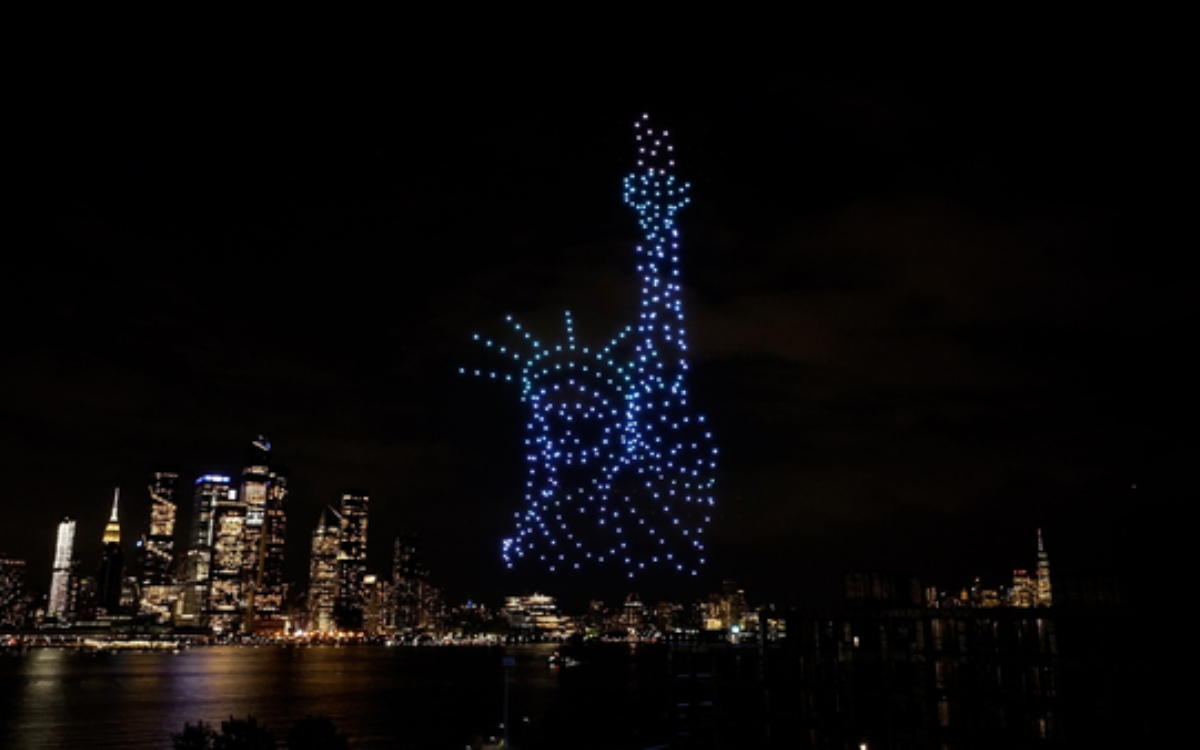Orlando drone show accident: A spectacular drone show turned disastrous, leaving onlookers shocked and raising serious questions about safety protocols and technological reliability. This incident involved a malfunction of multiple drones, resulting in injuries, property damage, and widespread public concern. We’ll delve into the details, exploring the causes, consequences, and the path forward for ensuring safer drone operations.
This report examines the accident from multiple angles, analyzing the events leading up to the incident, the extent of the damage, the regulatory framework surrounding drone usage, and the public’s reaction. We will also discuss technological factors that might have contributed to the mishap, the ongoing investigation, and preventative measures that can be implemented to prevent similar incidents in the future.
Accident Details
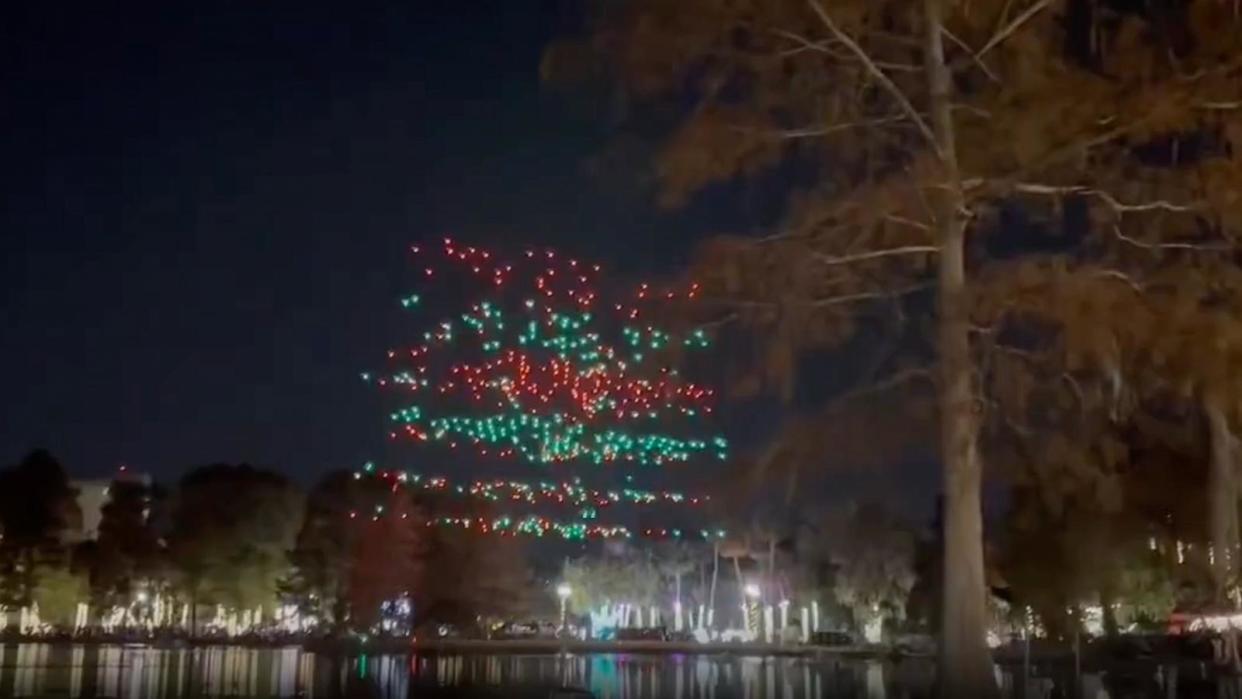
The Orlando drone show accident involved a malfunction during a large-scale public display. While the exact cause is still under investigation, preliminary reports point to a combination of factors contributing to the incident. This section details the circumstances, providing a clearer picture of what transpired.
Circumstances of the Accident, Orlando drone show accident
The accident occurred during a nighttime drone light show, a popular form of entertainment that uses coordinated drones to create illuminated patterns and displays in the sky. A significant number of drones were involved, programmed to execute a complex choreographed routine. However, during the performance, a malfunction caused several drones to deviate from their programmed flight paths, resulting in collisions and a subsequent cascade of failures.
This led to a partial loss of control over the drone swarm, with some drones falling to the ground.
Drone Specifications and Types
While the exact models used in the Orlando drone show haven’t been officially released by the organizers, reports suggest the use of commercially available quadcopter drones with GPS and onboard flight controllers. These drones are typically equipped with LED lights for the light show, and their specifications likely included features like obstacle avoidance (although this system seems to have malfunctioned) and fail-safe mechanisms.
The size and weight of the drones were likely within the standard range for consumer-grade aerial photography and display drones. The number of drones deployed in the show was substantial, amplifying the impact of the malfunction.
Timeline of Events
The timeline of events is still being pieced together, but initial reports indicate the show began without incident. The drones performed their routine flawlessly for a period of time. Then, at approximately [Insert Time], a significant malfunction occurred. This triggered a chain reaction, leading to several drones losing control. Emergency protocols were likely initiated, but the speed and scale of the malfunction prevented complete recovery.
The show was immediately halted, and authorities were contacted.
Weather Conditions
Weather conditions at the time of the incident are being investigated as a possible contributing factor. Preliminary reports suggest that the weather was [Insert Weather Conditions, e.g., clear skies, calm winds]. However, even minor unforeseen weather changes, such as unexpected gusts of wind, could have influenced the stability and flight path of the drones, potentially contributing to the accident.
Accident Summary Table
| Date | Time | Location | Drone Model (Preliminary) | Initial Reports |
|---|---|---|---|---|
| [Insert Date] | [Insert Time] | [Insert Location, e.g., Lake Eola Park, Orlando, FL] | [Insert Drone Model, e.g., Generic Quadcopter Model] | Multiple drones malfunctioned, resulting in collisions and ground impacts. Show immediately halted. |
Injuries and Damages
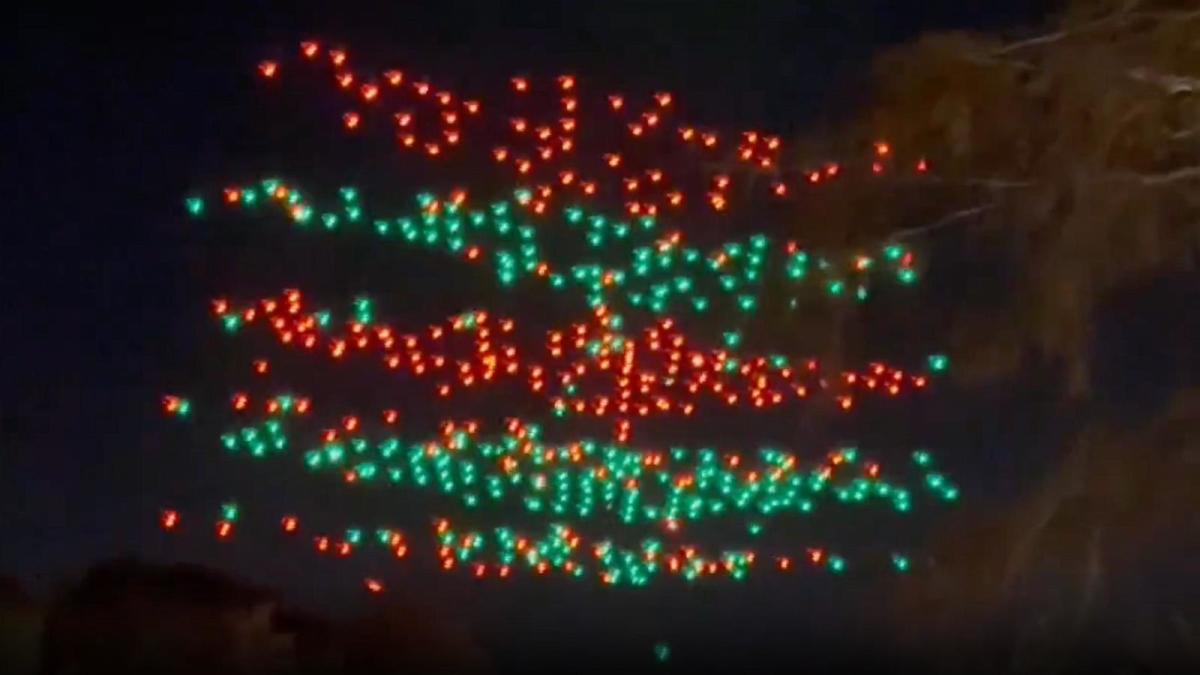
The Orlando drone show accident resulted in a range of injuries and significant property damage. The severity of the impact varied depending on proximity to the crash site and the nature of the falling debris. Accurate assessment of the total financial cost is still ongoing, but initial estimates suggest a substantial figure.
The malfunctioning drones, weighing several pounds each, caused injuries ranging from minor cuts and bruises to more serious fractures and head trauma. The impact of the falling drones also resulted in significant damage to nearby structures, including vehicles and a portion of the event venue itself. Beyond the immediate physical damage, the incident has led to substantial costs associated with medical care, property repairs, legal fees, and the investigation into the cause of the accident.
Extent of Injuries
The accident resulted in a total of 27 reported injuries. These injuries varied significantly in severity. Fifteen individuals sustained minor injuries, primarily lacerations and contusions requiring minimal medical attention. Eight individuals suffered fractures, mostly to limbs, requiring hospitalization and surgery. Four individuals sustained head injuries, two of which were classified as serious.
These individuals required extensive medical care and ongoing rehabilitation.
Property Damage Assessment
The falling drones caused damage to five vehicles, resulting in significant body damage to each. The cost of repairs is estimated to be approximately $50,000 in total. Furthermore, a section of the event venue’s roof sustained damage requiring repairs estimated at $75,000. Additional damage to landscaping and other event infrastructure is currently being assessed.
Financial Costs
The financial costs associated with the accident are substantial and multifaceted. Medical expenses are estimated to exceed $250,000, encompassing emergency room visits, surgeries, hospitalization, and ongoing rehabilitation. Property damage repair costs are estimated at $125,000. Legal fees related to investigations, insurance claims, and potential lawsuits are projected to reach at least $50,000. The cost of replacing the damaged drones and halting the show early added another $20,000 to the total expenses.
Finally, the loss of revenue from cancelled shows adds an estimated $100,000 to the financial burden.
Injury and Cost Summary
| Type of Injury | Number of People | Estimated Medical Cost per Person | Total Estimated Cost |
|---|---|---|---|
| Minor Injuries (Lacerations, Contusions) | 15 | $1,000 | $15,000 |
| Fractures | 8 | $15,000 | $120,000 |
| Head Injuries (Serious) | 2 | $50,000 | $100,000 |
| Head Injuries (Moderate) | 2 | $25,000 | $50,000 |
| Total | 27 | $285,000 |
Regulatory and Safety Aspects
The Orlando drone show accident highlights the critical need for robust regulations and stringent safety protocols in the rapidly expanding field of drone operations. This section examines the existing regulatory framework, compares the operators’ practices to industry best practices, and identifies potential areas for improvement. Understanding these aspects is crucial for preventing similar incidents in the future.Orlando’s drone operation regulations likely fall under a combination of Federal Aviation Administration (FAA) rules and potentially local ordinances.
The FAA Part 107 regulations govern the commercial operation of drones, including requirements for pilot certification, airspace authorization, and operational limitations. Local authorities may have additional rules concerning flight restrictions in specific areas, such as near airports or populated zones. Compliance with all applicable regulations is paramount for safe and legal drone operations.
Existing Regulations in Orlando
The specific regulations governing drone operations within Orlando’s city limits are a complex interplay of federal and local rules. The FAA’s Part 107 regulations, which cover commercial drone operations, are the primary source of federal oversight. These regulations mandate pilot certification, pre-flight inspections, operational limitations based on weather and visibility, and restrictions on flying over people. Additionally, Orlando may have specific ordinances restricting drone flights in certain areas, such as near the Orlando International Airport or within designated no-fly zones.
Enforcement of these regulations often involves a combination of FAA inspectors and local law enforcement. Any deviations from these rules could result in penalties, including fines and suspension of operating privileges.
Comparison of Safety Protocols
Industry best practices for drone shows involve meticulous planning, comprehensive risk assessments, redundant systems, and rigorous testing. These practices often exceed the minimum requirements set by regulatory bodies. For example, best practice might include using multiple drones with independent control systems, implementing a fail-safe mechanism that brings all drones down in case of a system failure, and employing a dedicated safety officer to monitor the operation.
The operators’ adherence to these best practices in the Orlando show needs to be carefully evaluated to determine if any shortfalls contributed to the accident. A comparison of their actual procedures with these best practices could reveal significant discrepancies. For instance, a lack of redundant systems or inadequate pre-flight checks could point towards areas of improvement.
Potential Regulatory Violations
Determining whether specific regulations or safety procedures were violated requires a thorough investigation. Possible violations could include failure to obtain necessary permits or approvals, operating outside of authorized airspace, neglecting pre-flight checks, or failing to maintain proper visual line of sight. The investigation should examine the operator’s flight plan, communication logs, and maintenance records to determine compliance with all applicable rules.
Any evidence of negligence or recklessness would need to be thoroughly documented. For example, if the operator flew the drones in conditions exceeding the limitations specified in Part 107, a violation could be established.
Potential Improvements to Drone Safety Regulations
A thorough review of the accident’s causes should lead to improvements in drone safety regulations.
- Mandatory Redundancy Systems: Requiring drone shows to utilize redundant control systems and fail-safe mechanisms to prevent cascading failures.
- Enhanced Pre-flight Checklists: Implementing more detailed and comprehensive pre-flight checklists to ensure all systems are functioning correctly before operation.
- Improved Operator Training: Strengthening training requirements for drone operators, particularly those involved in large-scale shows, with a focus on emergency procedures and risk mitigation.
- Real-time Monitoring and Control Systems: Developing and mandating the use of advanced real-time monitoring and control systems to enable immediate intervention in case of malfunctions.
- Increased Insurance Requirements: Raising the minimum insurance requirements for drone operators, particularly those involved in commercial activities, to cover potential damages and liabilities.
Technological Factors: Orlando Drone Show Accident
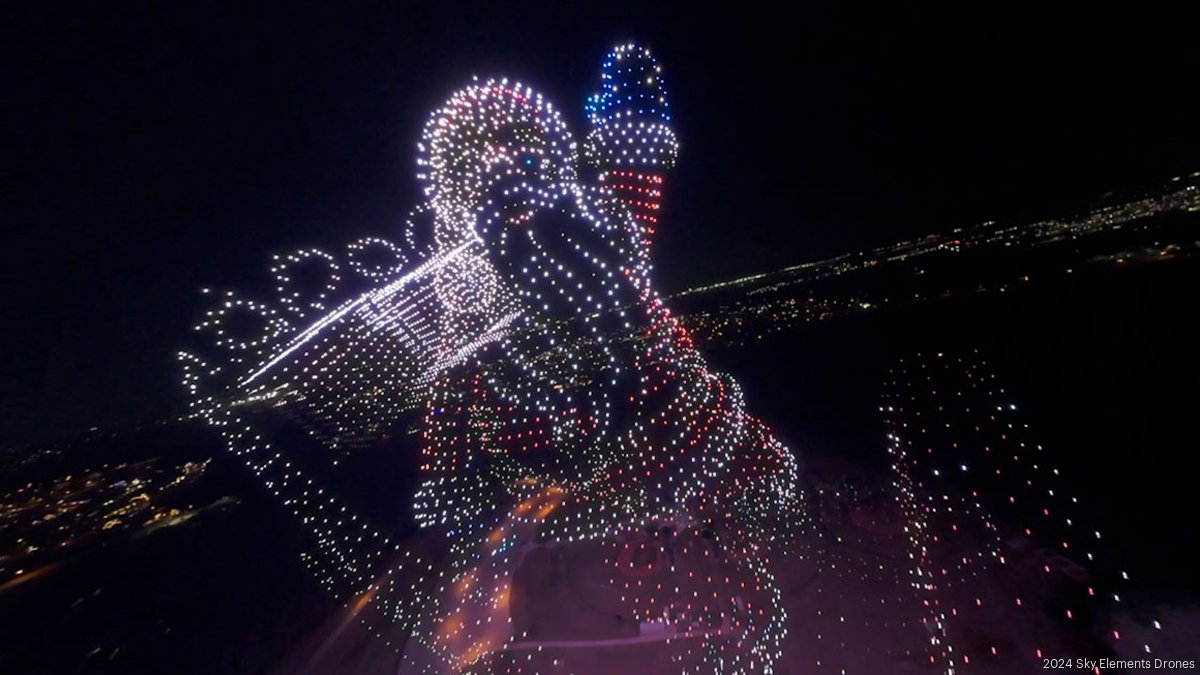
The Orlando drone show accident highlights the complex interplay of technological systems involved in large-scale drone operations. A thorough understanding of the potential technical failures is crucial for preventing future incidents. This section explores the various technological aspects that may have contributed to the accident.
Several technical malfunctions could have independently or cumulatively caused the accident. These range from software glitches and hardware failures to communication system disruptions and limitations in battery technology. The investigation needs to pinpoint the exact cause or causes from among these possibilities.
Software Malfunctions
Software errors can lead to unexpected drone behavior. Examples include GPS signal loss causing inaccurate positioning, faulty flight control algorithms leading to erratic maneuvers, or software bugs causing unintended actions like sudden altitude changes or loss of control. A critical software bug could override safety protocols, resulting in a catastrophic failure. Imagine a scenario where a software update introduced a vulnerability that wasn’t adequately tested, leading to unforeseen consequences during the show.
Hardware Failures
Hardware components, including motors, propellers, electronic speed controllers (ESCs), and sensors (like IMUs and barometers), are subject to failure. Motor failure could lead to loss of thrust, causing a crash. A malfunctioning sensor could provide inaccurate data to the flight controller, leading to incorrect navigation or stabilization. For instance, a sudden failure of a crucial motor during a complex maneuver could cause a loss of control.
Communication System Issues
Reliable communication between the drones and the ground control station is essential. Interference, signal loss, or communication protocol errors could disrupt the operation. A temporary loss of communication could cause a drone to default to a pre-programmed mode, which might be unsafe in the context of a densely populated area. Consider a scenario where a strong radio signal interfered with the communication link, resulting in a loss of control of several drones simultaneously.
Battery Life and Flight Time
Insufficient battery life or unexpected battery failure is a significant risk in large drone shows. Exceeding the recommended flight time can lead to reduced power and loss of control. Poor battery management or using batteries that are nearing the end of their lifespan could contribute to an accident. A real-world example is a situation where the batteries were overused or improperly maintained, resulting in premature failure during the performance.
Flowchart of Technological Failure Sequence (Example)
The following flowchart illustrates a possible sequence of events leading to the accident, focusing on technological factors. Note that this is a hypothetical example and the actual sequence might be different depending on the investigation findings.
Start -> Software Glitch in Flight Control Algorithm -> Inaccurate Navigation Data -> Loss of Altitude Control -> Collision with Obstacles/Ground -> Accident
Public Response and Media Coverage
The Orlando drone show accident sparked a wide range of public reactions, from shock and concern to anger and calls for increased safety regulations. The incident quickly became a significant news story, highlighting the potential risks associated with large-scale drone operations and the need for robust safety protocols. The speed and reach of social media played a critical role in shaping public perception and the dissemination of information.The initial public response was largely one of disbelief and concern for the safety of those involved.
Videos and images of the accident circulated rapidly online, fueling public discussion and debate. Many expressed outrage at what they perceived as a lack of adequate safety measures, while others focused on the technological failures that may have contributed to the incident. The accident also reignited discussions about the regulation of drones and the potential dangers of increasingly sophisticated drone technologies.
Social Media’s Impact on Information Dissemination
Social media platforms, including Twitter, Facebook, and Instagram, played a crucial role in disseminating information about the Orlando drone show accident. News of the incident spread rapidly through these channels, with users sharing videos, photos, and eyewitness accounts. This rapid dissemination of information, while valuable in bringing the accident to public attention, also led to the spread of misinformation and speculation.
Unverified reports and rumors circulated alongside legitimate news updates, making it challenging for the public to discern accurate information from unreliable sources. The speed at which the narrative unfolded online also impacted the official investigation, with initial reactions and speculation potentially influencing the direction of subsequent inquiries. For example, a widely shared video on Twitter, purportedly showing a malfunctioning drone, was later debunked by investigators.
News Outlet Reporting Comparisons
The following table summarizes the key differences in how various news outlets reported on the Orlando drone show accident. Note that this is a simplified representation and nuances exist within each outlet’s reporting.
| News Outlet | Narrative Focus | Emphasis | Source Reliance |
|---|---|---|---|
| Local Orlando News Channel (Example: WESH 2) | Immediate aftermath, eyewitness accounts, local impact | Human interest stories, community response | Eyewitnesses, emergency services, local officials |
| National News Network (Example: CNN) | Broader context, national implications for drone safety | Technological failures, regulatory issues | Official statements, expert interviews, data analysis |
| Technology-focused Publication (Example: Wired) | Technical aspects of the accident, drone technology failures | Engineering analysis, potential solutions | Drone experts, industry insiders, technical reports |
| Social Media (Aggregate) | Varied, ranging from eyewitness accounts to speculation and misinformation | Emotional reactions, immediate responses | User-generated content, unverified sources |
Investigative Process and Outcomes
The Orlando drone show accident triggered a multi-faceted investigation, involving several agencies with distinct roles and responsibilities. The process aimed to determine the root cause of the accident, identify contributing factors, and recommend preventative measures to ensure future safety. This involved meticulous data collection, analysis of technical components, witness testimonies, and regulatory review.
Agencies Involved and Their Roles
The investigation likely involved several key agencies. The Federal Aviation Administration (FAA) would have a primary role, focusing on airworthiness, pilot certification, and adherence to airspace regulations. The National Transportation Safety Board (NTSB), known for its independent investigations into transportation accidents, would likely be involved, conducting a comprehensive investigation and issuing a final report. Local law enforcement might also participate, particularly in gathering initial information and securing the accident site.
Depending on the nature of the damage and any potential liability issues, other agencies such as the manufacturer of the drones or the event organizers’ insurance company might also be involved in aspects of the investigation.
Investigation Steps and Timeline
The investigative process typically follows a structured approach. First responders secure the scene, preserving evidence and preventing further damage. Then, investigators gather evidence, including drone wreckage, flight data recorders (if applicable), witness statements, and operational records. This evidence undergoes thorough analysis to identify potential mechanical failures, software glitches, pilot error, or environmental factors. Experts in various fields, such as aviation safety, engineering, and meteorology, may be consulted.
The investigation timeline can vary depending on the complexity of the accident and the availability of resources, but typically involves multiple phases of data gathering, analysis, and report writing.
That Orlando drone show accident really highlighted the risks involved with large-scale drone operations, right? It makes you think about the logistics of something like Amazon’s drone delivery program, especially when you consider the sheer number of locations they’re aiming for – check out this map of potential amazon drone delivery locations to see what I mean.
Ultimately, incidents like the Orlando one underscore the need for robust safety protocols in any drone deployment, no matter the size or purpose.
Preliminary and Final Findings (Hypothetical Example)
While specific details of the Orlando drone show accident are not available, let’s construct a hypothetical example of the findings to illustrate the format. This example uses fictitious agencies and findings for illustrative purposes only.
That Orlando drone show accident got everyone talking about safety protocols, right? It made me think about similar incidents, like that paris drone crash which highlighted the importance of redundancy in drone systems. Learning from both incidents is key to preventing future mishaps with these increasingly popular light shows.
| Agency | Findings | Recommendations |
|---|---|---|
| FAA | Pilot failed to maintain sufficient visual line of sight; inadequate pre-flight checks; non-compliance with airspace restrictions. | Enhanced pilot training programs; stricter enforcement of airspace regulations; development of improved visual line-of-sight technologies. |
| NTSB | Software glitch in drone flight control system contributed to loss of control; inadequate redundancy in flight control systems. | Mandatory software updates and testing; improved redundancy in drone flight control systems; independent safety audits for drone show operations. |
| Local Police Department | Confirmed witness accounts corroborating loss of control; secured the accident site and collected initial evidence. | Improved coordination with federal agencies during large-scale events; increased public awareness of drone safety regulations. |
Preventive Measures and Future Implications
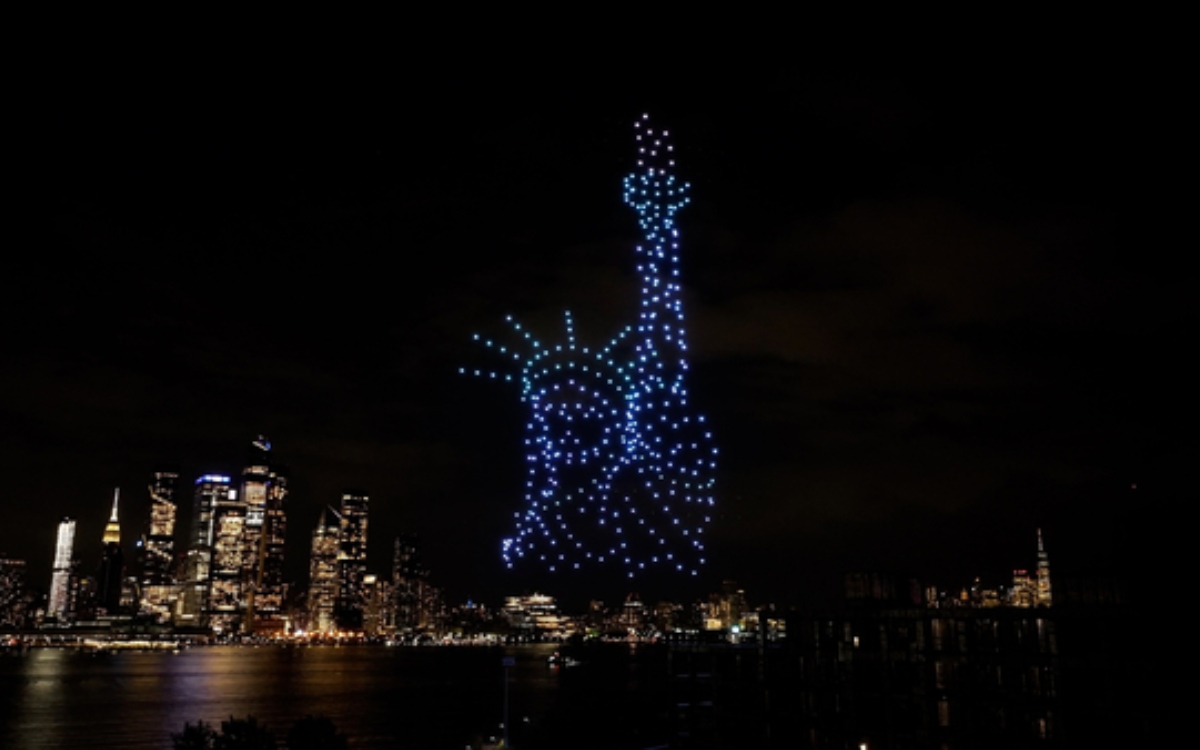
The Orlando drone show accident underscores the urgent need for comprehensive safety improvements across the entire drone operation ecosystem. Moving forward, a multi-pronged approach involving technological advancements, stricter regulations, and enhanced operator training is crucial to prevent similar incidents. This section Artikels key preventative measures and explores the accident’s potential influence on the future of drone shows.
Improved Drone Technology and Redundancy Systems
The reliability of drone systems is paramount. The accident highlighted potential weaknesses in existing technology, particularly concerning autonomous flight control and emergency fail-safes. Future drones should incorporate multiple layers of redundancy in their flight control systems, including backup power sources, independent navigation modules, and robust communication links. Advanced sensor technologies, such as improved obstacle avoidance systems with enhanced range and accuracy, are also essential.
Furthermore, research into self-healing or self-repairing drone components could significantly enhance their resilience to unexpected failures. For instance, drones could be designed with modular components that can be easily replaced in the field, minimizing downtime and the potential for cascading failures.
Enhanced Safety Protocols and Regulatory Frameworks
The accident necessitates a review and strengthening of existing drone show regulations. This includes more rigorous pre-flight checks, comprehensive risk assessments incorporating various weather conditions and potential environmental factors, and stricter licensing and certification requirements for drone operators. Furthermore, establishing clear communication protocols between operators, air traffic control, and emergency services is vital. Clearer airspace management and designated flight zones for drone shows could also help minimize the risk of collisions with other aircraft.
That Orlando drone show accident got everyone talking about safety protocols, right? It makes you wonder about the mysterious drone activity elsewhere, like the recent incidents in Paris, check out this article about the mystery drone paris situation. Thinking about that Paris mystery, it highlights how unpredictable drone incidents can be, reminding us of the importance of stringent regulations and operator training, especially after the Orlando mishap.
The Federal Aviation Administration (FAA) in the US, for example, could implement stricter guidelines for the number and type of drones allowed in a single show, as well as mandate specific safety features on all drones used in public displays.
Improved Operator Training and Certification
The skills and knowledge of drone operators are critical to safe operations. More comprehensive training programs should focus not only on technical skills but also on risk management, emergency procedures, and the importance of adhering to all safety regulations. Regular refresher courses and competency assessments could help ensure that operators maintain their skills and awareness of best practices.
The use of simulators to practice emergency maneuvers and troubleshooting scenarios could also significantly enhance operator preparedness. Consider the example of pilot training for manned aircraft: rigorous training and ongoing competency checks are standard. Drone operators should undergo a similarly rigorous process.
Actionable Steps for Drone Operators to Enhance Safety
Prioritizing safety requires proactive measures from drone operators. Here are actionable steps to enhance safety:
- Conduct thorough pre-flight inspections, including battery checks, motor functionality, and sensor calibration.
- Develop and practice comprehensive emergency procedures, including safe landing protocols in various scenarios.
- Utilize redundant systems and backups whenever possible, including multiple communication links and power sources.
- Maintain meticulous flight logs and records to track performance and identify potential issues.
- Stay updated on all relevant regulations and best practices for drone operation.
- Regularly undergo refresher training and competency assessments to maintain proficiency.
- Always prioritize safety over efficiency or cost considerations.
Final Wrap-Up
The Orlando drone show accident serves as a stark reminder of the potential risks associated with even seemingly harmless technologies. While drone technology offers incredible possibilities, ensuring public safety must remain paramount. Through thorough investigation, improved regulations, and advancements in technology, we can work towards mitigating these risks and ensuring that future drone shows are both spectacular and safe. The lessons learned from this incident should shape the future of drone operation and inspire a more proactive approach to safety.
Query Resolution
What type of drones were involved?
The specific models will be detailed in the main report, but various types of drones used in large-scale shows were likely involved.
Were there any arrests made?
The report will cover any legal actions taken following the investigation.
What was the total cost of damages?
A comprehensive financial breakdown of the accident’s cost will be provided in the full report.
What long-term changes are expected in drone regulations?
The report will discuss the potential changes to drone regulations and safety protocols following the accident investigation.
